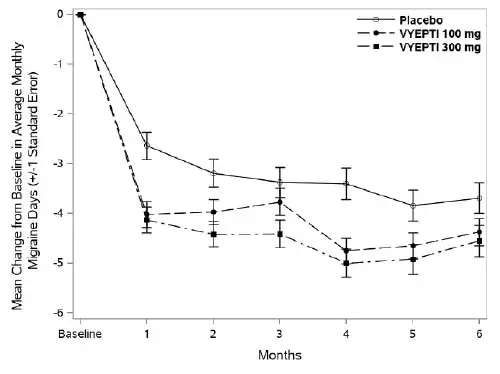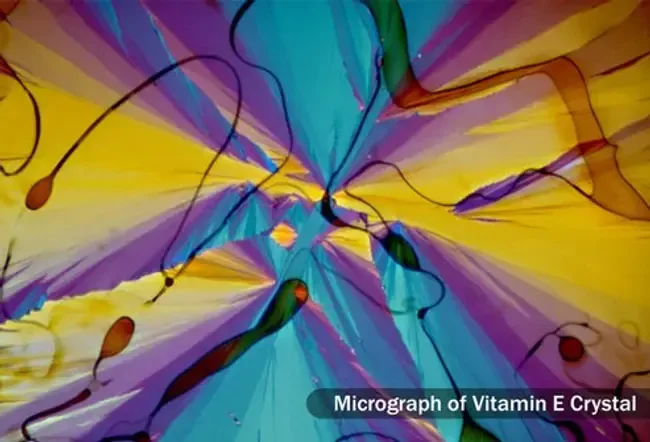Definition of Neutropenia
The Information On The Site Is Not Medical Advice. We Do Not Sell Anything. The Accuracy Of The Translation Is Not Guaranteed. Disclaimer
Neutropenia: Not enough neutrophils neutrophils being a type of white blood cell (specifically a form of granulocyte) filled with neutrally-staining granules tiny sacs of enzymes that help the cell to kill and digest microorganisms it has engulfed by phagocytosis . The mature neutrophil has a segmented nucleus (it is called a seg or poly) while the immature neutrophil has band-shape nucleus (it is called a band). The neutrophil has a lifespan of about 3 days.
Neutropenia may be seen with viral infections and after radiotherapy and chemotherapy . Neutropenia lowers the immunologic barrier to bacterial and fungal infection.
Granulocytopenia or as it is also called agranulocytosis results in a syndrome of frequent chronic bacterial infections of the skin lungs etc. Although 'agranulocytosis' literally means no granulocytes there may in fact be some granulocytes but too few of them i.e. granulocytopenia. Granulocytopenia can be genetic and inherited or it can be acquired as for example an aspect of leukemia .
Neutrophils eosinophils and basophils are all types of granulocytes. They are named by the staining features of their granules in the laboratory:
- Neutrophils have 'neutral' subtle granules;
- Eosinophils have prominent granules that stain readily with the acid dye eosin; and
- Basophils have prominent granules that stain readily basic (nonacidic) dyes.
This classification dates back to a time when certain structures could be identified in cells by histochemistry but the functions of these intracellular structures were still not yet fathomed. However the classification of granulocytes into neutrophils eosinophils and basophils is still widely used (and quite useful).
Granulocytopenia can therefore more specifically involve neutropenia (shortage of neutrophils) eosinopenia and/or basopenia. The term 'neutropenia' is sometimes used interchangeably with granulocytopenia or agranulocytosis.












